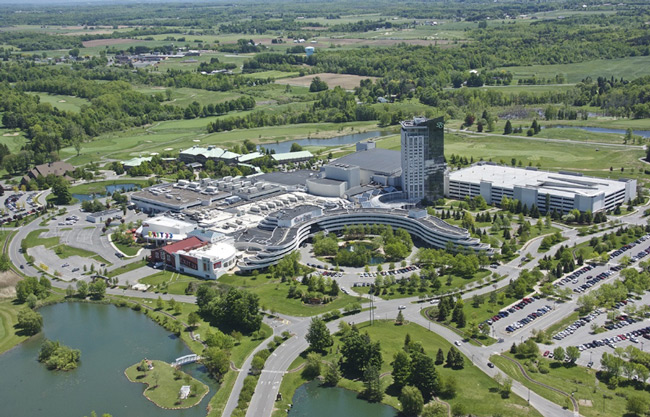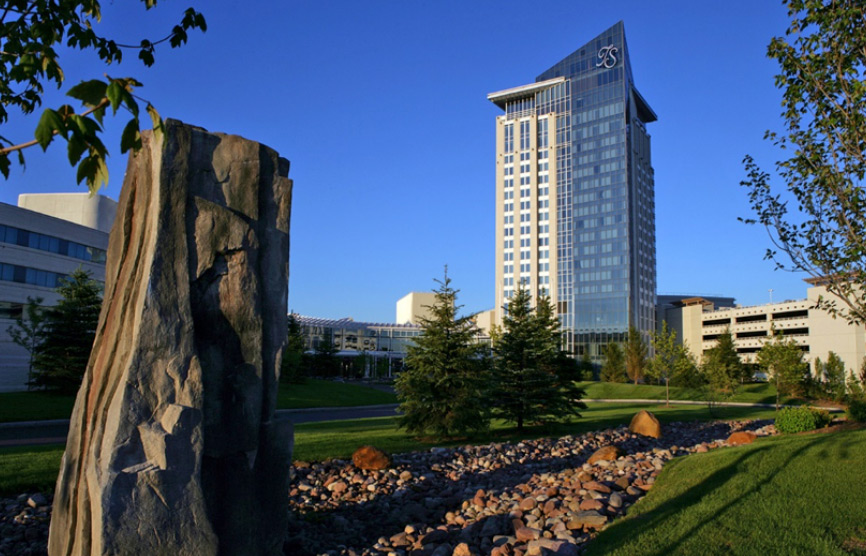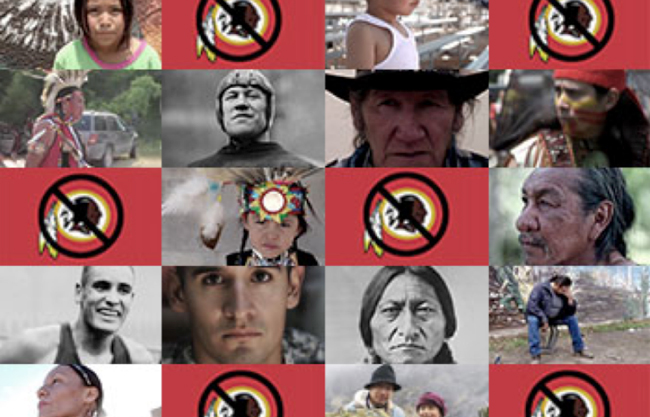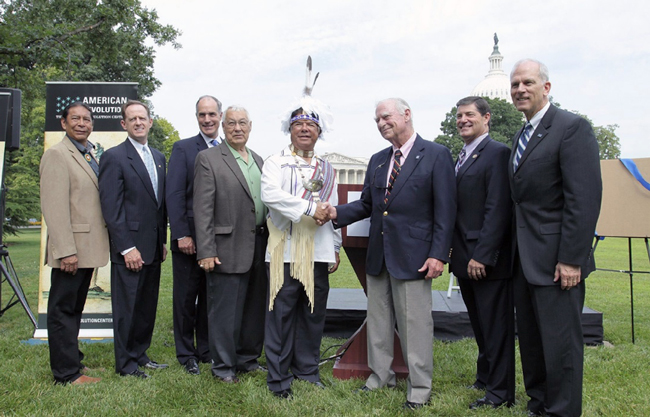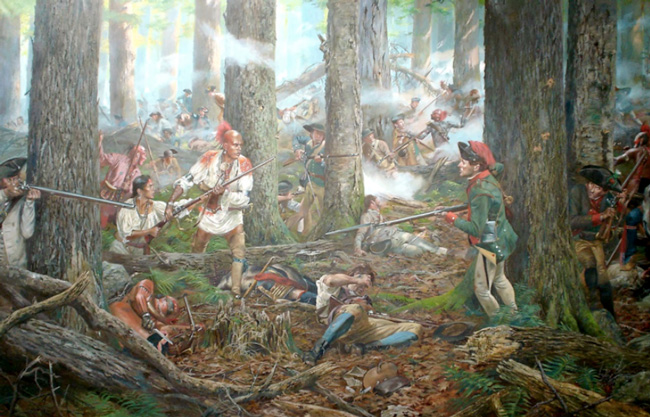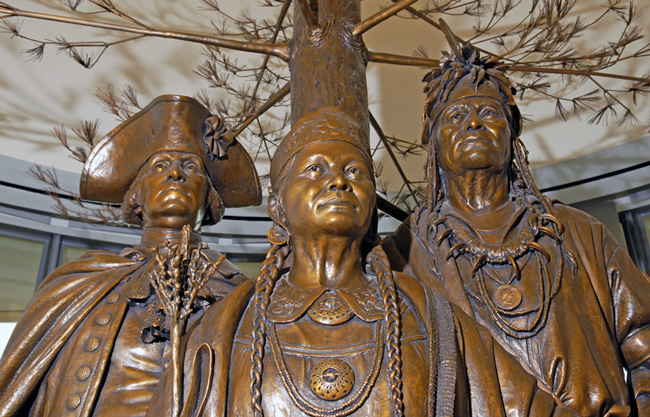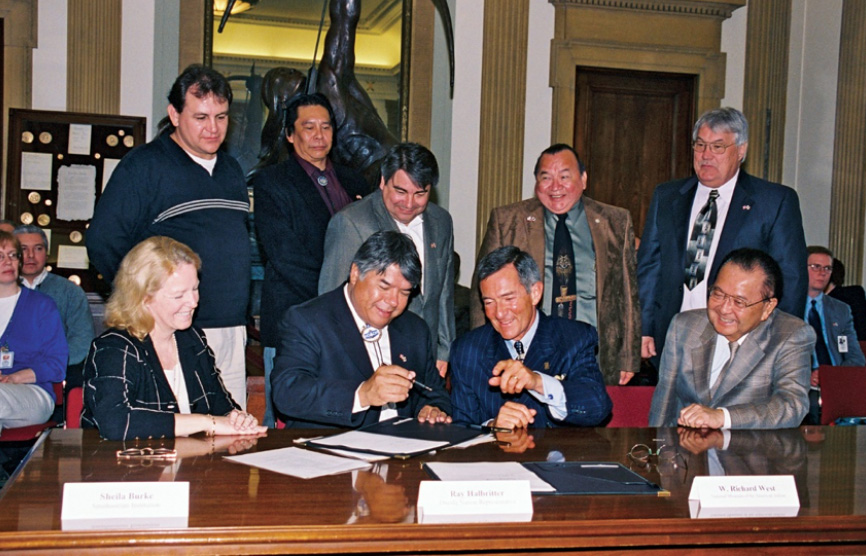NATIONAL INITIATIVES IN INDIAN COUNTRY
For decades, the Oneida Indian Nation has been one of the guardians of Indian Country’s unique and sacred heritage – and the work to protect that heritage continues today. The Oneida Indian Nation invests in the work of protecting American Indians’ political rights: most recently, it launched the “Change the Mascot” campaign that has fought anti-American Indian bigotry in professional sports.
Indian Gaming as Economic Development Model
Economic data shows that unlike commercial gaming, which often extracts revenues from local communities, Indian gaming revenues benefit local economies because much of those resources are invested in the region.
For instance, a landmark study noted that resources from Indian gaming “go to strengthening the community” and that such gaming revenues have become a powerful “tool of development by which tribes have improved the economic lot of their non-Indian neighbors as well.” Because American Indian nations reinvest such revenues in their local economies, the study concluded that “the positive economic and social impact of Indian casinos is measurably greater on surrounding communities than the impact of non-Indian casinos.
Those trends are exemplified by the Oneida Indian Nation: as a separate analysis from Colgate University researchers found, the Oneida Indian Nation has used its revenues to “pay for many services that allow the Nation to run as a nearly self-sufficient entity” — and in the process, the Oneida people have built a robust tourism economy and an engine of job growth that has benefited the entire region.
A recent economic impact analysis conducted by Oxford Economics, one of the world’s leading independent global advisory firms, reported that in 2022 alone the Oneida Indian Nation’s enterprises produced a more than $1 billion economic impact within Upstate New York.
Change the Mascot
A civil and human rights movement led by the Oneida Indian Nation, the Change the Mascot campaign is a grassroots initiative that educates the public about the damaging effects on American Indians arising from the continued use of the R-word.
Change the Mascot has been a joint project of the Oneida people and the National Congress of American Indians — the oldest, largest and most representative American Indian and Alaska Native organization. The group has attracted the support of civil rights leaders, religious organizations, social science groups, sports icons, and political leaders of both parties. With that support, the campaign called upon NFL Commissioner Roger Goodell to put an end to the use of the R-word as the mascot and name of the NFL team in Washington, D.C.
Since Change the Mascot began in 2013, great strides in eliminating the use of this racial slur have been made. The campaign has sparked mascot changes at schools around the country, as well as local and state legislative resolutions echoing the call for change. Although the Washington NFL team finally changed its name in 2020, we must continue to fight for change, especially at a moment when America is working to promote itself as a tolerant, pluralistic society in the face of detractors who seek to portray our country as a haven of bigotry.
Museum of the American Revolution
The extraordinary role the Oneida Indian Nation played in the Revolutionary War is featured in the groundbreaking new museum that opened in Philadelphia on April 19, 2017.
During America’s war for independence, the Oneidas fought in support of the colonists – enduring many hardships, including the loss of life. Visitors to the Museum of the American Revolution can take in the rich historical account of the Oneida Indian Nation becoming America’s first ally.
The entire second-floor atrium at the Museum is named for the Oneida Indian Nation, and a prominent gallery, complete with recreated settings, pays homage to the rich historical account of the Oneida Indian Nation’s heritage. This will help preserve the Nation’s culture, share its historic bonds with the founding fathers, and ensure that generations to come can learn about the Nation’s important contributions to establishing the foundation of the United States.
The Oneida Indian Nation became a founding donor to the museum when it donated $10 million to support its construction. The support was designed to preserve the Oneida people’s history and culture, and make sure that the Oneida Indian Nation’s role in the revolution is preserved for posterity.
Click here to view C-SPAN coverage of the opening ceremonies which featured remarks given by former Vice President Joe Biden, journalist Cokie Roberts, Pulitzer Prize-winning author David McCullough, and Ray Halbritter, Oneida Indian Nation Representative.
Click here to read: The Oneida Indian Nation Celebrates Opening of the Museum of the American Revolution.
National Museum of the American Indian
Standing nearly 20 feet high in the prestigious National Museum of the American Indian, the “Allies in War, Partners in Peace” statue commemorates the bond between two nations – the Oneida and the United States.
Full of Oneida allegory, the 2,200 pound bronze sculpture depicts Oneida Chief Shenendoah and Oneida woman, Polly Cooper, along with Gen. George Washington. The statute symbolizes the friendship that was forged between the two nations during the Revolutionary War.
The statue can be found on the fourth floor of the Smithsonian Institution’s museum, the first in the country dedicated exclusively to American Indians.
With the Oneida Indian Nation’s continued support, the National Museum of the American Indian recently installed a new, interpretive surround experience to the extraordinary “Allies in War, Partners in Peace” bronze sculpture. The new surround experience enhances the storytelling of the historic alliance with light, sound and projected imagery in an imaginative display that will provide greater context of the two nations’ relationship for museum visitors.
See one of the earliest treaties still in effect, the Treaty of Canandaigua, in the exhibition “Nation to Nation: Treaties Between the United States and American Indian Nations,” also at the NMAI. The treaty confirms peace between the Haudenosaunee and America. President George Washington signed at the bottom and Big Sky, Handsome Lake and Cornplanter were among the Native delegates to leave their mark, by writing an X beside their name.
This exhibition is the largest such historical collection available to the public.


